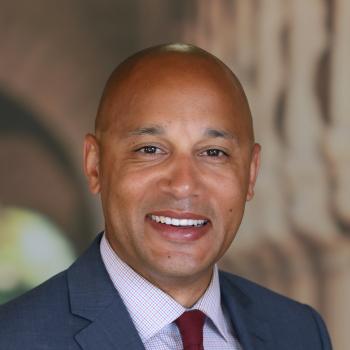Accounting for common justifications
The researchers then investigated whether the disparities could be explained by common reasons for school closures, which fall into two broad categories: financial and enrollment issues, and performance-related concerns.
For instance, enrollment declines result in diminished revenue for districts, with closing and consolidating schools viewed as a way to reallocate and maximize limited resources. Persistently low-achieving schools might face the threat of closure for failing to meet academic accountability measures. Poverty rates in a community are linked to various concerns that could affect a school’s likelihood for closure, including teacher quality, per-pupil expenditures, and the age and condition of school facilities.
In their analysis, the researchers controlled for these factors by “equalizing” schools on seemingly race-neutral factors to see whether, and to what extent, the racial inequities persisted. “If you take schools that are the same in terms of achievement, enrollment changes, and socioeconomic conditions, in theory you should not see the kind of racial disparities we found,” said Pearman.
After accounting for the common justifications, the researchers found that majority-Black schools nationwide were still about 25 percent more likely to close than their institutional counterparts.
The researchers acknowledged the challenge of separating race from other factors influencing school closures, given the enduring legacy and structural nature of racism. Many purportedly race-neutral conditions that contribute to school closure patterns today, like disinvestment and under-enrollment, may have their origins in explicit racial policies and practices of the past: For example, schools located in areas that were redlined in the mid-19th century may still struggle for basic resources and sit in neighborhoods with lower property values, resulting in decreased funding from property taxes. These communities, historically marginalized due to discriminatory practices, often bear the brunt of school closures today.
“It doesn’t have to be outright antiblackness that drives school boards to close these particular schools,” said Greene, who worked on the research while a doctoral student at the GSE. “But if schools are being closed because the infrastructure is crumbling or there are environmental hazards, why are Black children more likely to attend these schools?”
The researchers say the findings point to the need for policies to ensure that school-closure proceedings and the opportunities for displaced students are equitable and fair.
In California, for example, a state law enacted in 2022 requires school districts receiving state aid to engage the community in an “equity-impact analysis” before making any decisions about school closures, to illuminate how the change might affect different student groups. The California attorney general also recently issued guidance underscoring that school-closure deliberations are subject to state and federal antidiscrimination laws.
“It’s a step in the right direction,” said Pearman, who pointed to growing backlash against proposed closures – from protests to hunger strikes – as evidence of the value often accorded to a school as a community institution.
“There’s arguably no issue in education policy reform that’s met with as much resistance as school closures,” he said. “These are not neutral, everyday decisions, and they should be made with the utmost care and critical awareness of both the present and the past.”


